反式-4-苯基-3-丁烯-2-酮 ,trans-4-Phenyl-3-buten-2-one ,≥99%
产品编号:SIGMA-241091| CAS NO:1896-62-4| 分子式:C10H10O| 分子量:146.19
trans-Benzylideneacetone (trans-Benzalacetone) 是革兰氏阴性致病性线虫细菌嗜线虫 (Xenorhabdus nematophila) 的代谢产物,是针对磷脂酶 A2 (PLA2) 的酶抑制剂。trans-Benzylideneacetone 是一种免疫抑制剂。
本网站销售的所有产品仅用于工业应用或者科学研究等非医疗目的,不可用于人类或动物的临床诊断或者治疗,非药用,非食用,
| 产品名称 | 反式-4-苯基-3-丁烯-2-酮 | ||||||||||||||||
|---|---|---|---|---|---|---|---|---|---|---|---|---|---|---|---|---|---|
| 英文名称 | trans-4-Phenyl-3-buten-2-one | ||||||||||||||||
| CAS编号 | 1896-62-4 | ||||||||||||||||
| 产品描述 | trans-Benzylideneacetone (trans-Benzalacetone) 是革兰氏阴性致病性线虫细菌嗜线虫 (Xenorhabdus nematophila) 的代谢产物,是针对磷脂酶 A2 (PLA2) 的酶抑制剂。trans-Benzylideneacetone 是一种免疫抑制剂。 | ||||||||||||||||
| 产品熔点 | 38.5-41ºC | ||||||||||||||||
| 产品沸点 | 260.8±9.0 °C at 760 mmHg | ||||||||||||||||
| 产品密度 | 1.0±0.1 g/cm3 | ||||||||||||||||
| 产品闪点 | 65.6±0.0 °C | ||||||||||||||||
| 精确质量 | 146.073166 | ||||||||||||||||
| PSA | 17.07000 | ||||||||||||||||
| LogP | 2.17 | ||||||||||||||||
| 外观性状 | 淡黄色低熔点结晶块 | ||||||||||||||||
| 蒸气压 | 0.0±0.5 mmHg at 25°C | ||||||||||||||||
| 折射率 | 1.563 | ||||||||||||||||
| 溶解性 | practically insoluble | ||||||||||||||||
| 溶解性数据 | In Vitro:
DMSO : 100 mg/mL (684.04 mM; Need ultrasonic) 配制储备液
*
请根据产品在不同溶剂中的溶解度选择合适的溶剂配制储备液;一旦配成溶液,请分装保存,避免反复冻融造成的产品失效。 In Vivo:
请根据您的实验动物和给药方式选择适当的溶解方案。以下溶解方案都请先按照 In Vitro 方式配制澄清的储备液,再依次添加助溶剂:
——为保证实验结果的可靠性,澄清的储备液可以根据储存条件,适当保存;体内实验的工作液,建议您现用现配,当天使用;
以下溶剂前显示的百
| ||||||||||||||||
| 靶点 |
PLA2 | ||||||||||||||||
| 体外研究 | 苄叉乙酰丙酮(反式苄叉乙酰丙酮;0.005,0.05,0.5,5,50,500,5000μM)抑制甜菜夜蛾幼虫血细胞扩散行为。苄叉丙酮增强苏云金芽孢杆菌对甜菜夜蛾的毒力。 | ||||||||||||||||
| 稳定性 | 对光照敏感。避免与不相容材料,光照接触。
与强氧化剂反应。 | ||||||||||||||||
| 储存条件 | 密封储存,储存于阴凉、干燥的库房。避免阳光直射。 |
相关文档
化学品安全说明书(MSDS)
下载MSDS质检证书(COA)
相关产品
| 符号 |

GHS07 |
|---|---|
| 信号词 | Warning |
| 危害声明 | H315-H317-H319-H335 |
| 警示性声明 | P261-P280-P305 + P351 + P338 |
| 个人防护装备 | dust mask type N95 (US);Eyeshields;Faceshields;Gloves |
| 危害码 (欧洲) | Xi:Irritant |
| 风险声明 (欧洲) | R36/37/38 |
| 安全声明 (欧洲) | S26-S37/39 |
| 危险品运输编码 | NONH for all modes of transport |
| WGK德国 | 3 |
| RTECS号 | EN0330050 |
| 海关编码 | 2914399090 |
Synonym:trans-Benzalacetone; trans-Benzylideneacetone; 3-Buten-2-one, 4-phenyl-, (E)-; Methyl trans-styryl ketone; TPBO; trans-4-Phenylbut-3-en-2-on Section 2 - COMPOSITION, INFORMATION ON INGREDIENTS
Risk Phrases: 36/37/38 Section 3 - HAZARDS IDENTIFICATION EMERGENCY OVERVIEW
Irritating to eyes, respiratory system and skin.Light sensitive. Potential Health Effects Eye: Causes eye irritation. May cause chemical conjunctivitis. Skin: Causes skin irritation. Ingestion: May cause gastrointestinal irritation with nausea, vomiting and diarrhea. Inhalation: Causes respiratory tract irritation. Can produce delayed pulmonary edema. Chronic: Effects may be delayed. Section 4 - FIRST AID MEASURES Eyes: Immediately flush eyes with plenty of water for at least 15 minutes, occasionally lifting the upper and lower eyelids. Get medical aid. Skin: Get medical aid. Flush skin with plenty of water for at least 15 minutes while removing contaminated clothing and shoes. Wash clothing before reuse. Ingestion: Never give anything by mouth to an unconscious person. Get medical aid. Do NOT induce vomiting. If conscious and alert, rinse mouth and drink 2-4 cupfuls of milk or water. Inhalation: Remove from exposure and move to fresh air immediately. If not breathing, give artificial respiration. If breathing is difficult, give oxygen. Get medical aid. Do NOT use mouth-to-mouth resuscitation. Notes to Physician: Treat symptomatically and supportively. Section 5 - FIRE FIGHTING MEASURES General Information: As in any fire, wear a self-contained breathing apparatus in pressure-demand, MSHA/NIOSH (approved or equivalent), and full protective gear. During a fire, irritating and highly toxic gases may be generated by thermal decomposition or combustion. Extinguishing Media: Use water spray, dry chemical, carbon dioxide, or appropriate foam. Section 6 - ACCIDENTAL RELEASE MEASURES General Information: Use proper personal protective equipment as indicated in Section 8. Spills/Leaks: Absorb spill with inert material (e.g. vermiculite, sand or earth), then place in suitable container. Avoid generating dusty conditions. Provide ventilation. Section 7 - HANDLING and STORAGE Handling: Remove contaminated clothing and wash before reuse. Avoid contact with eyes, skin, and clothing. Avoid ingestion and inhalation. Store protected from light. Use only in a chemical fume hood. Wash clothing before reuse. Storage: Store in a tightly closed container. Store in a cool, dry, well-ventilated area away from incompatible substances. Store protected from light. Section 8 - EXPOSURE CONTROLS, PERSONAL PROTECTION Engineering Controls: Facilities storing or utilizing this material should be equipped with an eyewash facility and a safety shower. Use adequate ventilation to keep airborne concentrations low. Exposure Limits CAS# 1896-62-4: Personal Protective Equipment Eyes: Wear appropriate protective eyeglasses or chemical safety goggles as described by OSHA's eye and face protection regulations in 29 CFR 1910.133 or European Standard EN166. Skin: Wear appropriate protective gloves to prevent skin exposure. Clothing: Wear appropriate protective clothing to prevent skin exposure. Respirators: A respiratory protection program that meets OSHA's 29 CFR 1910.134 and ANSI Z88.2 requirements or European Standard EN 149 must be followed whenever workplace conditions warrant respirator use. Section 9 - PHYSICAL AND CHEMICAL PROPERTIES Physical State: Crystals Color: yellowish Odor: coumarin pH: Not available. Vapor Pressure: 0.009 mmHg @ 25 Viscosity: Not available. Boiling Point: 260 - 262 deg C @ 7 Freezing/Melting Point: 39.8 deg C Autoignition Temperature: Not applicable. Flash Point: 122 deg C ( 251.60 deg F) Explosion Limits, lower: Not available. Explosion Limits, upper: Not available. Decomposition Temperature: Not available. Solubility in water: Negligible. Specific Gravity/Density: Not available. Molecular Formula: C6H5CH=CHCOCH3 Molecular Weight: 146.19 Section 10 - STABILITY AND REACTIVITY Chemical Stability: Stable at room temperature in closed containers under normal storage and handling conditions. May discolor on exposure to light. Conditions to Avoid: Incompatible materials, light, dust generation, excess heat. Incompatibilities with Other Materials: Direct light, strong oxidizing agents. Hazardous Decomposition Products: Carbon monoxide, irritating and toxic fumes and gases, carbon dioxide. Hazardous Polymerization: Has not been reported. Section 11 - TOXICOLOGICAL INFORMATION RTECS#: CAS# 1896-62-4: EN0330050 LD50/LC50: Not available. Carcinogenicity: trans-4-Phenyl-3-buten-2-one - Not listed by ACGIH, IARC, or NTP. Other: See actual entry in RTECS for complete information. Section 12 - ECOLOGICAL INFORMATION Section 13 - DISPOSAL CONSIDERATIONS Dispose of in a manner consistent with federal, state, and local regulations. Section 14 - TRANSPORT INFORMATION IATA Not regulated as a hazardous material. IMO Not regulated as a hazardous material. RID/ADR Not regulated as a hazardous material. Section 15 - REGULATORY INFORMATION European/International Regulations European Labeling in Accordance with EC Directives Hazard Symbols: XI Risk Phrases: R 36/37/38 Irritating to eyes, respiratory system and skin. Safety Phrases: S 26 In case of contact with eyes, rinse immediately with plenty of water and seek medical advice. S 37/39 Wear suitable gloves and eye/face protection. WGK (Water Danger/Protection) CAS# 1896-62-4: No information available. Canada None of the chemicals in this product are listed on the DSL/NDSL list. CAS# 1896-62-4 is not listed on Canada's Ingredient Disclosure List. US FEDERAL TSCA CAS# 1896-62-4 is not listed on the TSCA inventory. It is for research and development use only. SECTION 16 - ADDITIONAL INFORMATION N/A |
| 上游产品 10 | |
|---|---|
| 下游产品 10 | |

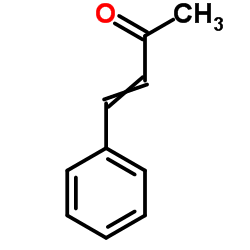
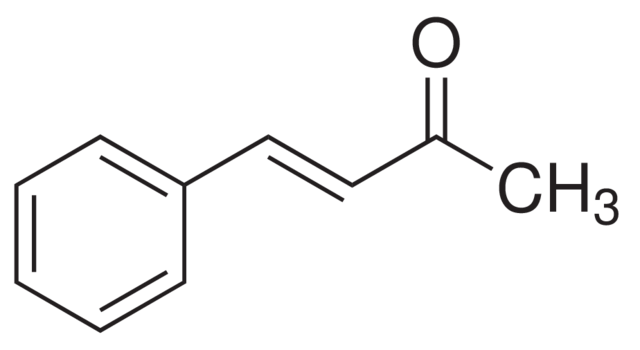
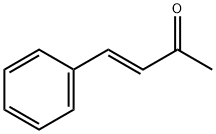
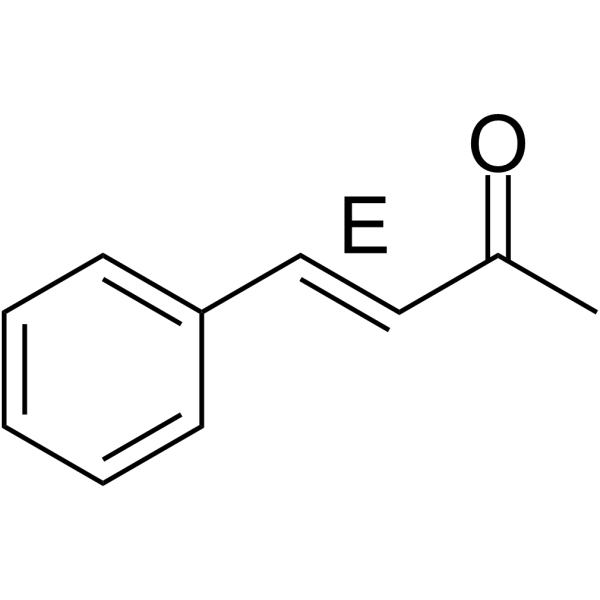

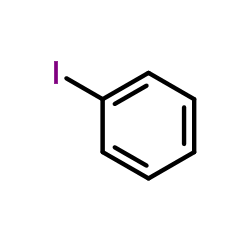
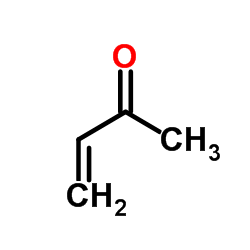
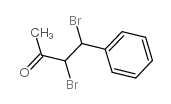

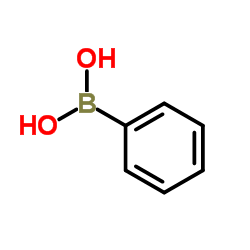
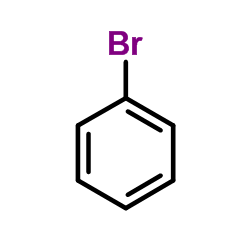
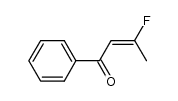
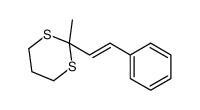

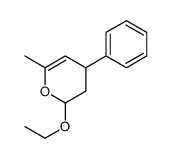
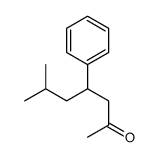
![4-[dimethyl(phenyl)silyl]-4-phenylbutan-2-one结构式](/20230522/100103-32-0.png)
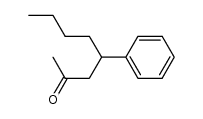
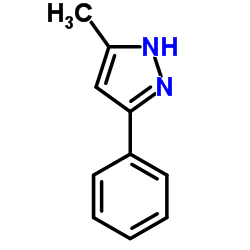
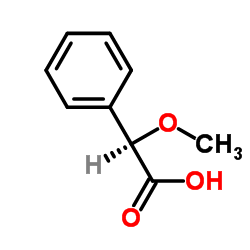

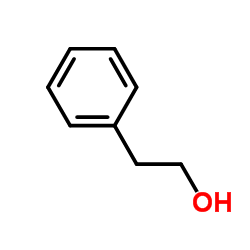
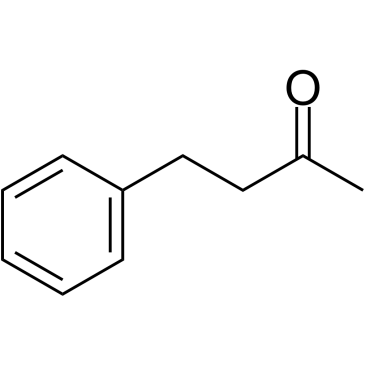





 浙公网安备 33010802013016号
浙公网安备 33010802013016号